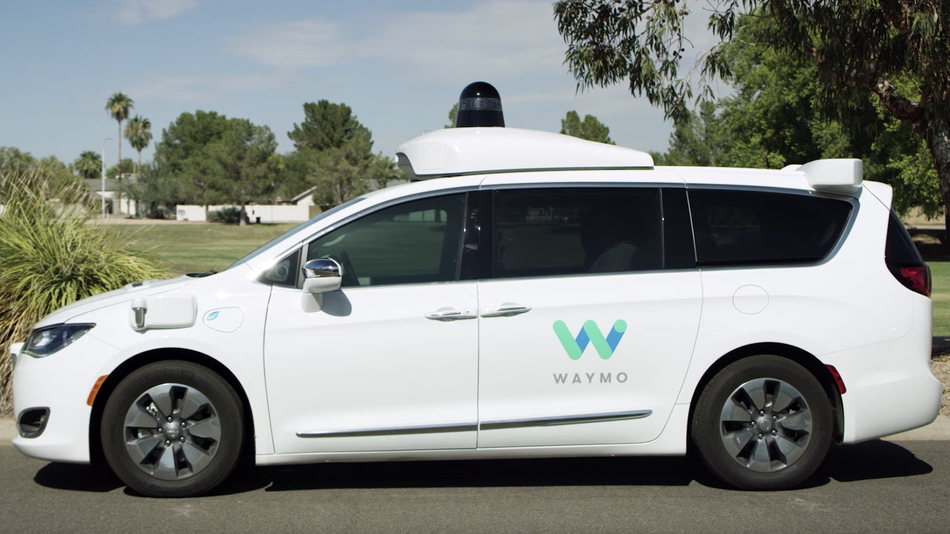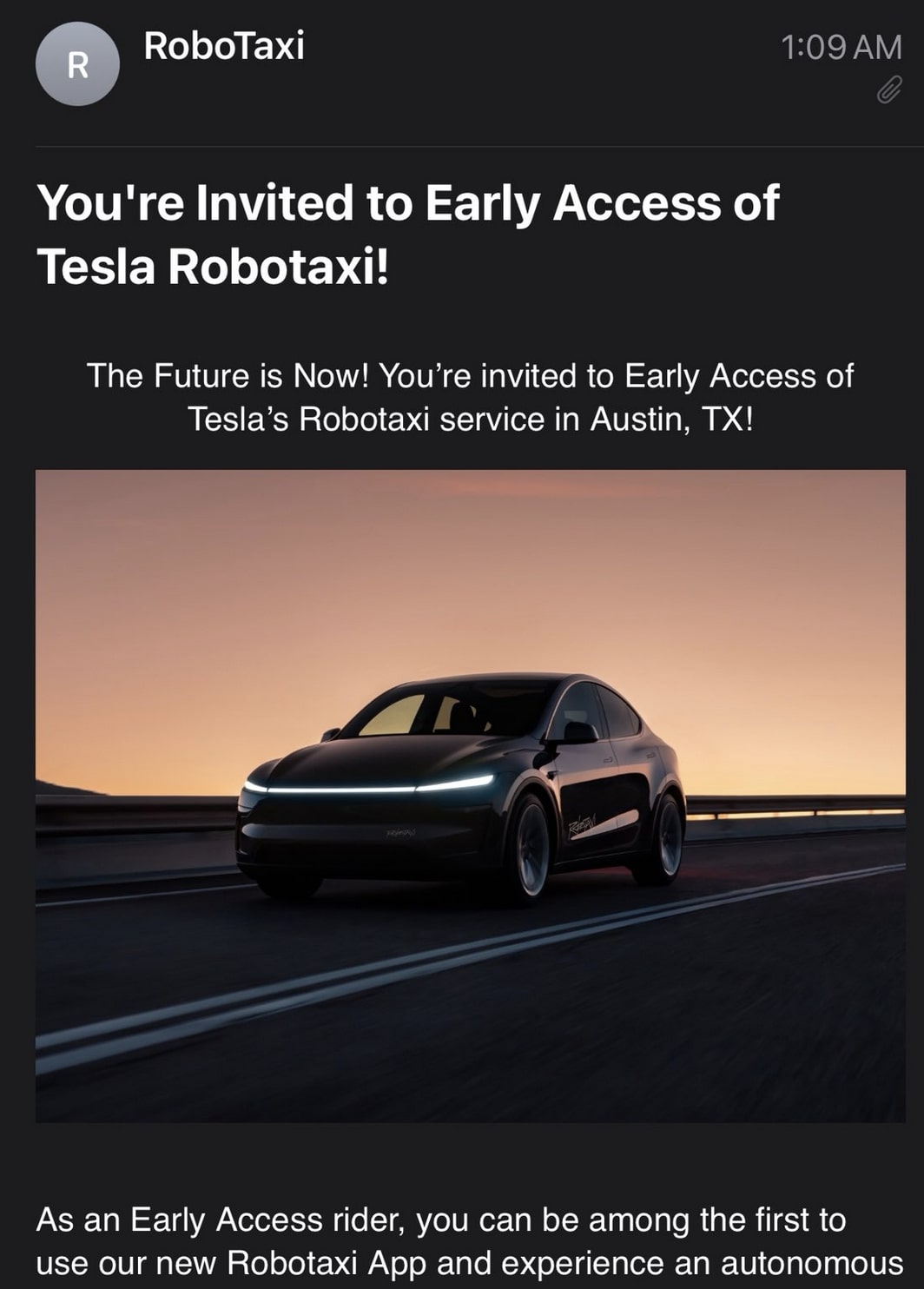Now Reading: Waymo and Google Acknowledge Tesla’s Vision for Robotaxis
-
01
Waymo and Google Acknowledge Tesla’s Vision for Robotaxis
Waymo and Google Acknowledge Tesla’s Vision for Robotaxis

Swift Summary:
- Waymo and Google released a technical report, confirming Tesla’s approach to autonomous driving by leveraging large-scale driving data and increased computational capacity.
- Tesla holds a competitive edge with 6 billion miles of driving data, compared to Waymo’s 70 million or 500,000 miles dataset. Additionally, Tesla operates with considerably larger compute clusters than Waymo.
- The study examines the scaling laws for motion forecasting and planning in autonomous vehicles using encoder-decoder autoregressive transformer models.
- Results suggest performance improves as a power-law function of total compute budget and training data size, with larger models preferred as training budgets grow.
- Important findings include that optimizing both training scale and inference-time scaling are critical for improved autonomous vehicle operation across diverse scenarios.
- Corry Wang from Anthropic remarked this paper is an implicit acknowledgment of Tesla’s successful strategy over Waymo’s earlier methods.
Indian Opinion Analysis:
the findings from Google/waymo’s report signal the growing reliance on large datasets and computational power in advancing autonomous vehicle technologies-a sector that could transform transportation globally, including India. While India remains nascent in adoption due to infrastructural challenges like varied road conditions, applying such technological insights might expedite domestic innovation if supported by government initiatives or partnerships with companies like Tesla or others leading global advancements. With India’s vast population requiring efficient mobility solutions, developments in this field could play an essential role long-term but must also consider localized complexities.

























